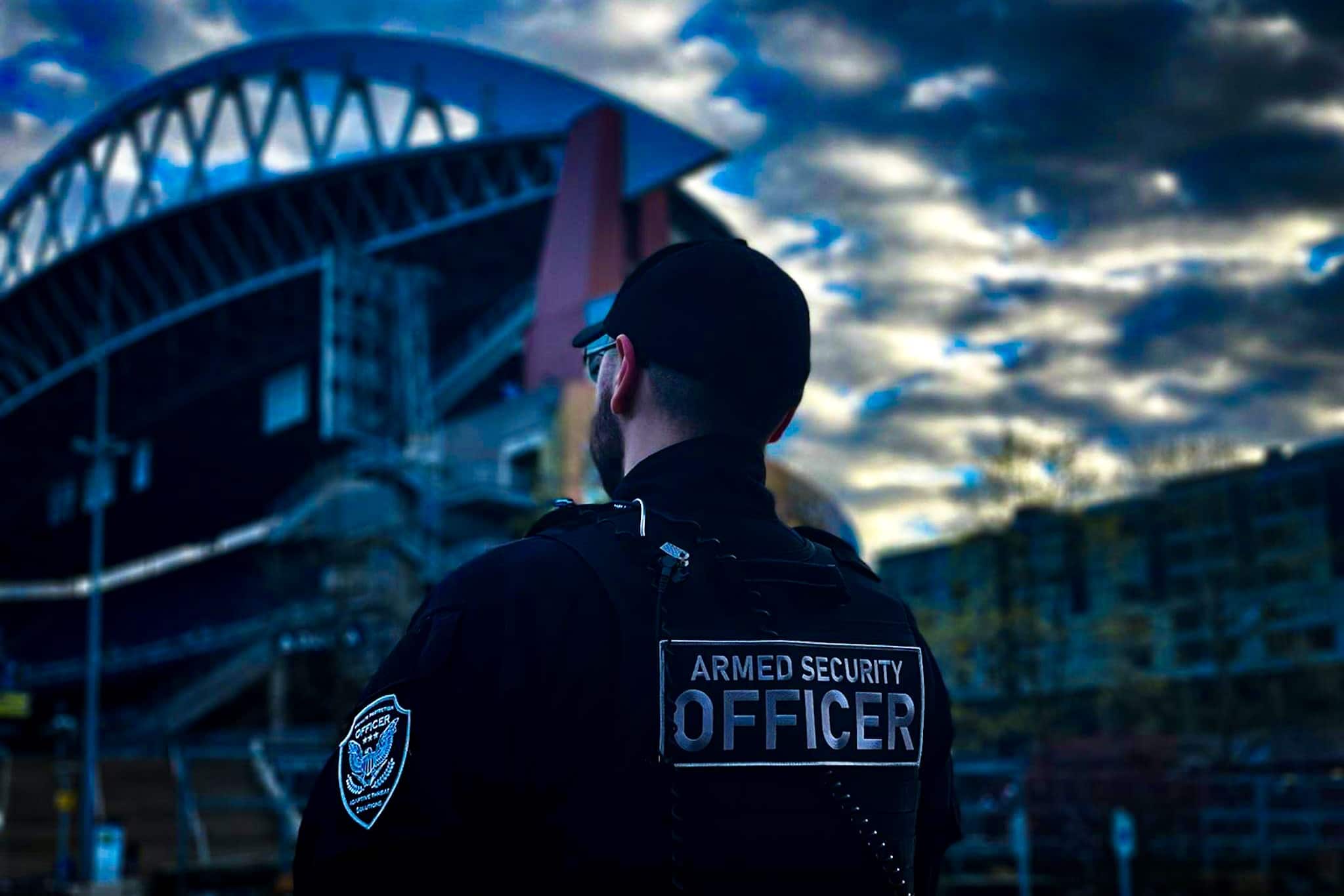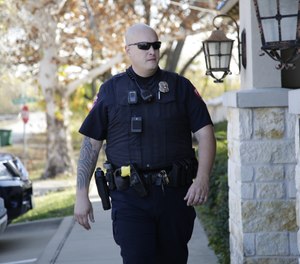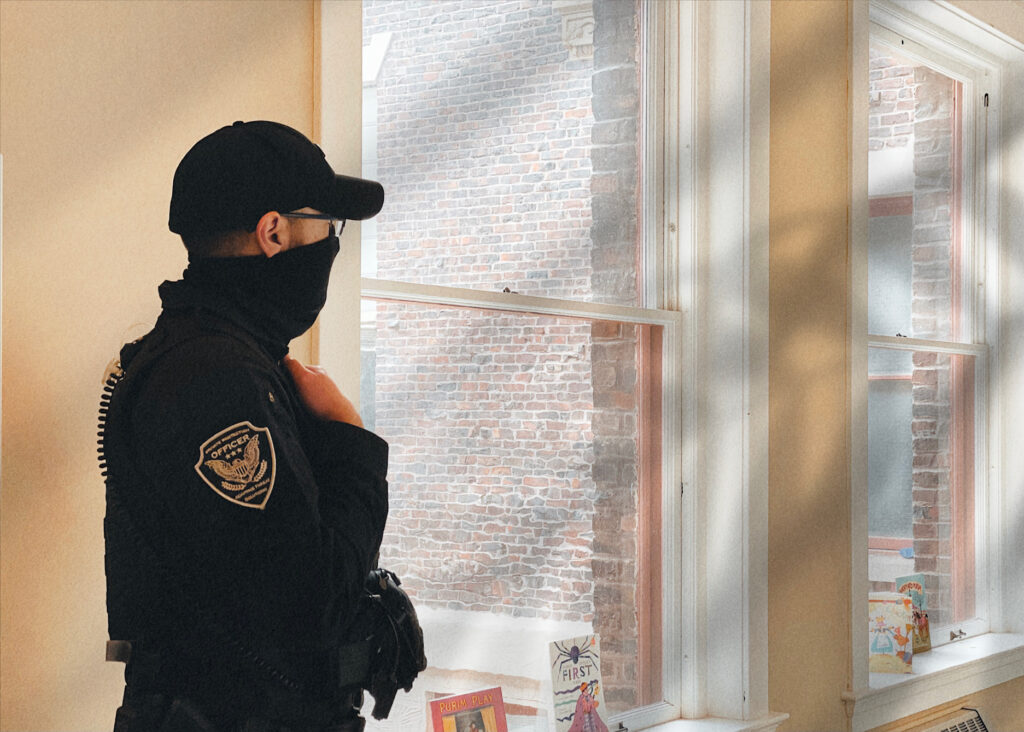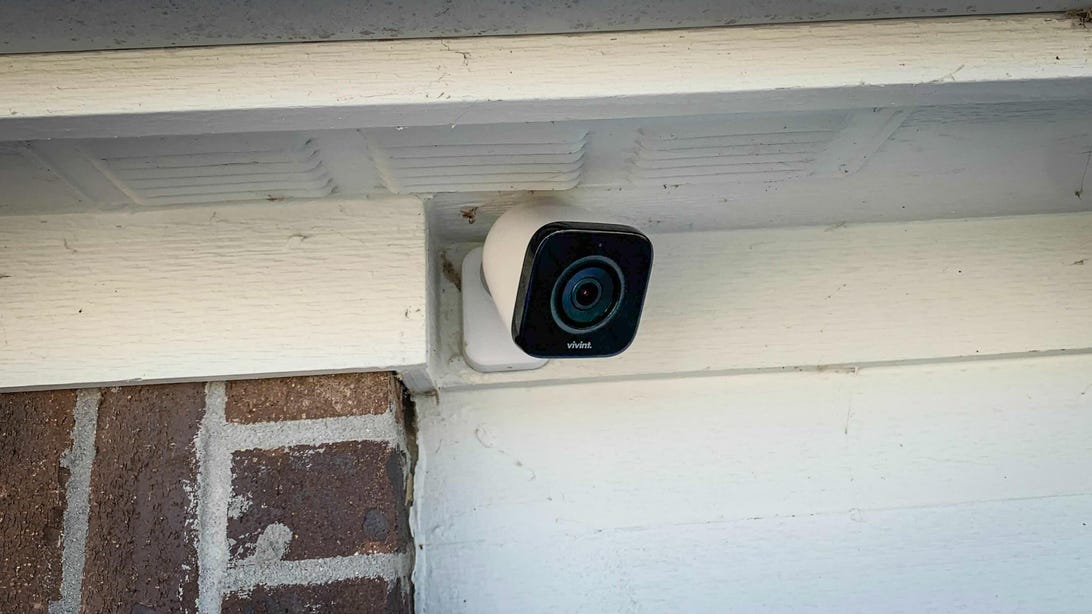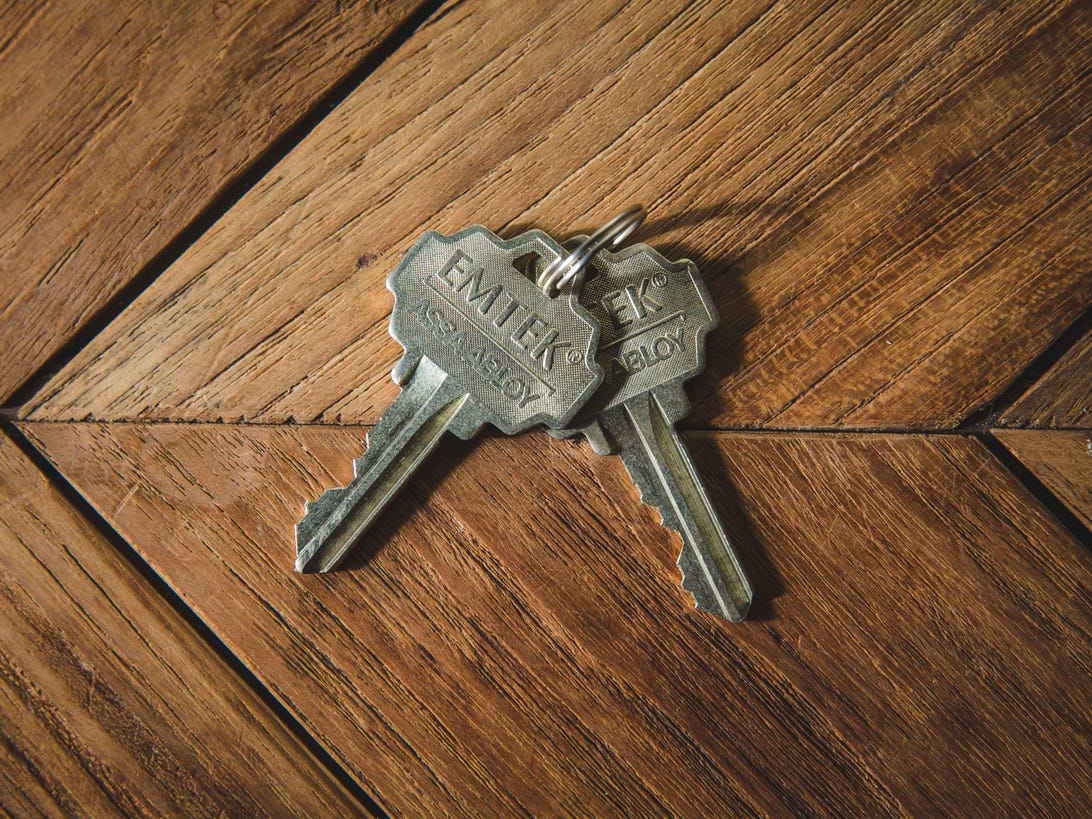Consulting with a professional private investigator can help you to leverage your position by finding creative and effective ways to come out ahead of your adversary. When you need to gain leverage during the course of negotiations, finding some helpful information about a witness or gathering important facts and information related to your lawsuit, we are here to help.
As an attorney, you have very specific needs and our job as your private investigator is to make sure you have all the facts and information when you need it. When it comes to your bottom line; a private investigator can save you time and money. We understand when you refer a client to us, you are extending your own credibility to us. We take the responsibility of representing you very seriously and always handle your client’s case professionally, ethically and tenaciously.
Services typically include locating and interviewing witnesses, finding hidden assets, reconstructing accidents, and assisting in a criminal defense. Private investigators help locate or skip trace missing and exploited children, monitor child custody visitations, gather divorce evidence and are trained in the subtle art of surveillance. They can dig up background information on individuals or companies, investigate personal injury fraud or workers comp fraud, and conduct due diligence investigations. The key to negotiations or preparing for trial is having the right information.
Many of the internet databases open to the public contain dated or non-current information. In this business old information is tantamount to no information. Private investigators have access to a variety of restricted proprietary databases containing the very latest intelligence.
As noted above, attorneys hire private investigators for many reasons as they often produce results that are more valuable in practice, usually charge less than legal consultants, and can assist in making a lawsuit stronger. But, what if you’re looking into hiring a private investigator for other needs as an attorney? What possible benefits can an attorney derive from private investigator services? The answer is a lot! We’ve listed some of the most common services below.
Here are 12 ways that an attorney can use a professional private investigator:
1 Locate People
It may be a witness or an heir. Perhaps it’s a former employee who can shed light on corporate misconduct. Or maybe you need to locate a witness in possession of the proverbial “smoking gun.” Whether you would like to interview, serve, or investigate someone, an investigator can help you to identify and locate the individual.
2 Locate Assets
Investigators are skilled at locating assets such as real estate, valuable property (artwork, antiques, collectibles, etc.), and vehicles (motor vehicles, aircraft, vessels, etc.). Hidden assets are often assets a defendant/respondent does not want your client to know exists. Private investigators who are skilled in locating hidden assets can be a great asset to your legal case. An investigator can also help attorneys to identify the location both domestic and offshore bank accounts (though the details of these assets may not necessarily be disclosed by banking institutions without court order or permission from the account holder. Private investigators are often tasked with locating bank and brokerage information not readily available and may use the services of a 3rd party specialist to conduct the bank and brokerage search.
3 Witness Interviews
A very important aspect of any legal investigation is the witness interview. Witnesses are a critical part of the discovery process, whether for a civil matter or criminal case. How a witness is dealt with early in the investigation has consequences that may be felt throughout the case. Trained professional investigators benefit the attorney because they are able to approach witnesses objectively as a third party contact. While a private investigator’s fiduciary responsibility is to the client, they main goal is to uncover and develop all facts in the case, not to prove a client’s theory of what occurred. Most productive interviews are generally conducted in the witnesses environment, home, work, coffee shop, etc. producing a more relaxed mental state allowing the witness to be less on the defensive. If the interview is conducted at home/work, the investigator can assess additional background information about the witness by items seen in and around the home or workplace. Developing rapport with a witness is vital to the process because the investigator is typically called upon to facilitate the witnesses appearance at deposition and at trial. Rapport also allows the investigator to gently probe for bias, or hidden agendas in the witness statement of events.
4 Leverage for Negotiations
An investigator can pull together key sources and intelligence to inform your side during litigation, an M &A deal, internal investigation, or any other adversarial situation that can make the difference between a favorable settlement.
5 Process of Service
A private investigator can assist an attorney with hard to find people who cannot be found or do not want to be served legal documents. Skip tracing is typically used once a person has left the area or moved from their most current address somewhere unknown. An investigator or detective as we are also referred too, has knowledge of various laws when process of service is required in other states. An attorney or law firm will benefit from the services of an investigator if the case is important and there is a deadline to serve legal documents. An investigator can also serve legal documents to potential witnesses.
6 Enforce Judgments
A judgment is only useful if you are able to enforce it. An investigator can help attorneys to identify current assets and any efforts to hide or misrepresent them through the transfer to family members, friends or other parties.
7 Connect the Dots
Investigators can help you to know who is actually sitting on the other side of the table during litigation or a potential business deal. You can gain immeasurable negotiation power by identifying who is actually behind a faceless corporation or tying together undisclosed connections.
8 Predict Your Opponent’s Next Move
Through an investigation, you can learn your opponent’s history and patterns of behaviors so as to best predict how they will react under pressure. This will help you to be successful in litigation strategizing, during cross examination, or at the deal table.
9 Prep For Cross Examination
During preparation for a deposition or courtroom testimony, an investigator’s report detailing your witnesses’ weaknesses, background, and behavioral tendencies may be one of your most valuable tools. This can also be useful in identifying information against your client, so you can be prepared for what may come up during the course of the litigation.
10 Collect and review electronic evidence
Whether it is an adversarial matter or an internal investigation, investigators may be used to efficiently recover electronic files – including those that a subject believes he or she has successfully deleted. Investigators are frequently used to identify and analyze a subject’s emails, documents, or other files.
11 Trademark and Intellectual Property Monitoring
Investigators can be used to successfully police a company’s products throughout the world. Counterfeiting and improper diversion of products onto the grey market are just two of the most common areas where an investigator can provide intelligence and assistance.
12 Reconstruction
A historical reconstruction may be helpful in a number of different areas. Perhaps you need to review the history of a family to locate heirs. It could be a corporate history or a chain of title issue in a real estate matter. Whatever the issue, an investigator can help to identify and piece together long lost documents, facts and witnesses.
The relationship between attorneys and private investigators has been a long a successful one. As a private investigator, it’s worth spending the time to make relationships with attorneys as they can provide bountiful work, and no advertising or expenses needed on your end. Once you make a good relationship with a attorney, they bring the work to you. Now that’s a smart business move!
Tips for a positive and productive experience
Private investigators can be an unlimited source of information and an incredible asset to your law firm. Here are a few tips that ensure that your experience with a private investigator is both positive and productive.
The Initial Consultation. The initial consultation should be at your office, at a time of your convenience and it should be free. During this meeting a private investigator should be primarily listening to you and finding out what your needs are. This will also give you an opportunity to size up your private investigator and make the determination if they are equally up to the task.
Cost and expenses. Like attorneys, most private investigators typically charge an hourly rate between $65.00 per hour to $200.00 per hour or more, plus expenses. Some private investigators charge a flat rate for investigations, however even that rate is based upon an hourly charge. The more specialized the investigation, the higher the rate. If the rate is significantly lower, it may be too good to be true. You may be dealing with an unlicensed investigator and opening yourself up to legal issues down the road. The cost of the investigation will revolve around how much time is needed for surveillance to be completed. Paying a private investigator $2,500.00 up to $10,000.00 for services that save your client money, mitigate risk or keep them from serving time in prison is worth the cost.
Service Fees. Depending on the cost of the investigation, many private investigators will ask for a prepaid service fee. This can also be the case if it is your first time working with a specific private investigator. The service fee, also known as a “retainer” is typically equal to the expected cost of the investigation. Make sure your private investigator’s contract stipulates that they will not exceed the service fee without your authorization. Additionally, since private investigators set aside specific hours to conduct surveillance and investigative work (thereby turning away other potential clients) the service fees are often non-refundable.
Communication. Members at a private investigator conference announced that the #1 complaint clients had regarding private investigators was their lack of communicating with the client in a timely manner. After assigning an investigation, give the private investigator at least a couple of days to get started and get back with you. A good private investigator will keep in contact every 48 to 72 hours until the investigation is completed.
Information a private investigator can’t provide. Private investigators may not legally wire tap, obtain cell phone records through use of a pretext, obtain financial records without a court order, pull credit reports without a signed authorization or hack into someone’s email or social media account such as Facebook. So beware, there are investigators willing to do all of these illegal activities for a fee. If it comes out in discovery it’s going to bite you.
What kind of report should you expect? You should expect a detailed, well-written finalized report specifying the facts of the investigation. It should contain proper names, addresses, and date/times. If surveillance was an aspect of the investigation then you should also receive a DVD of the surveillance. Some companies also embed photographs within the report. The video provided by your investigator must have a time and date stamp of the subject’s activities, otherwise it is worthless. A good final report will contain a narrative of the investigation, video prints, photographs, DVDs, criminal or civil records, social media pictures and more depending on the type of investigation.
Summary
When you hire ATS Investigators, you’ve made an important decision. We have the experience and knowledge, technology and resources to plan, and execute an investigation to meet your specific situation. ATS Investigators will be a partner who works with you in tandem. We communicate on a regular basis, providing you with new information and status updates about your case. Our mission is to provide our clients with a great customer experience, specialized services and solutions that deliver results.


